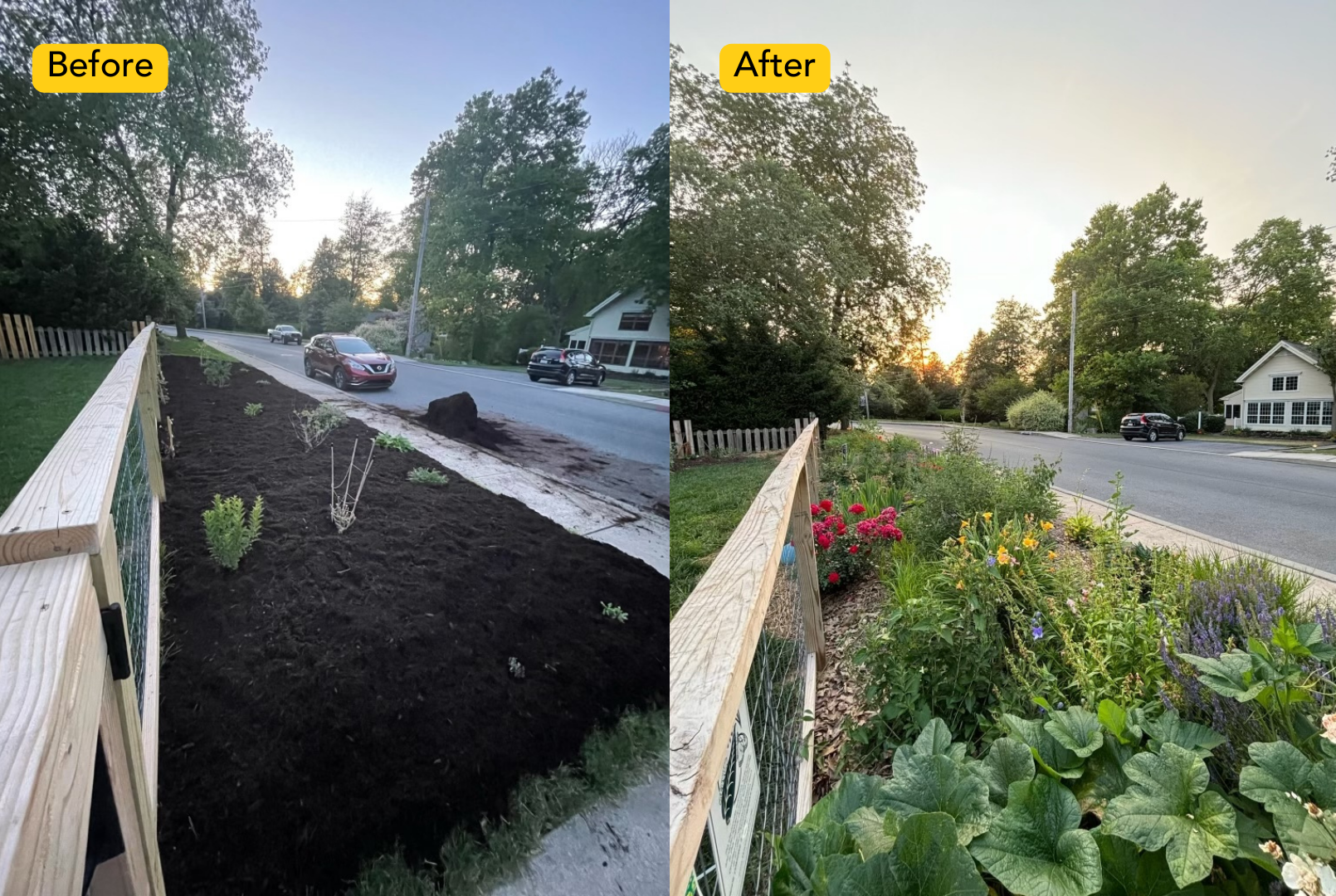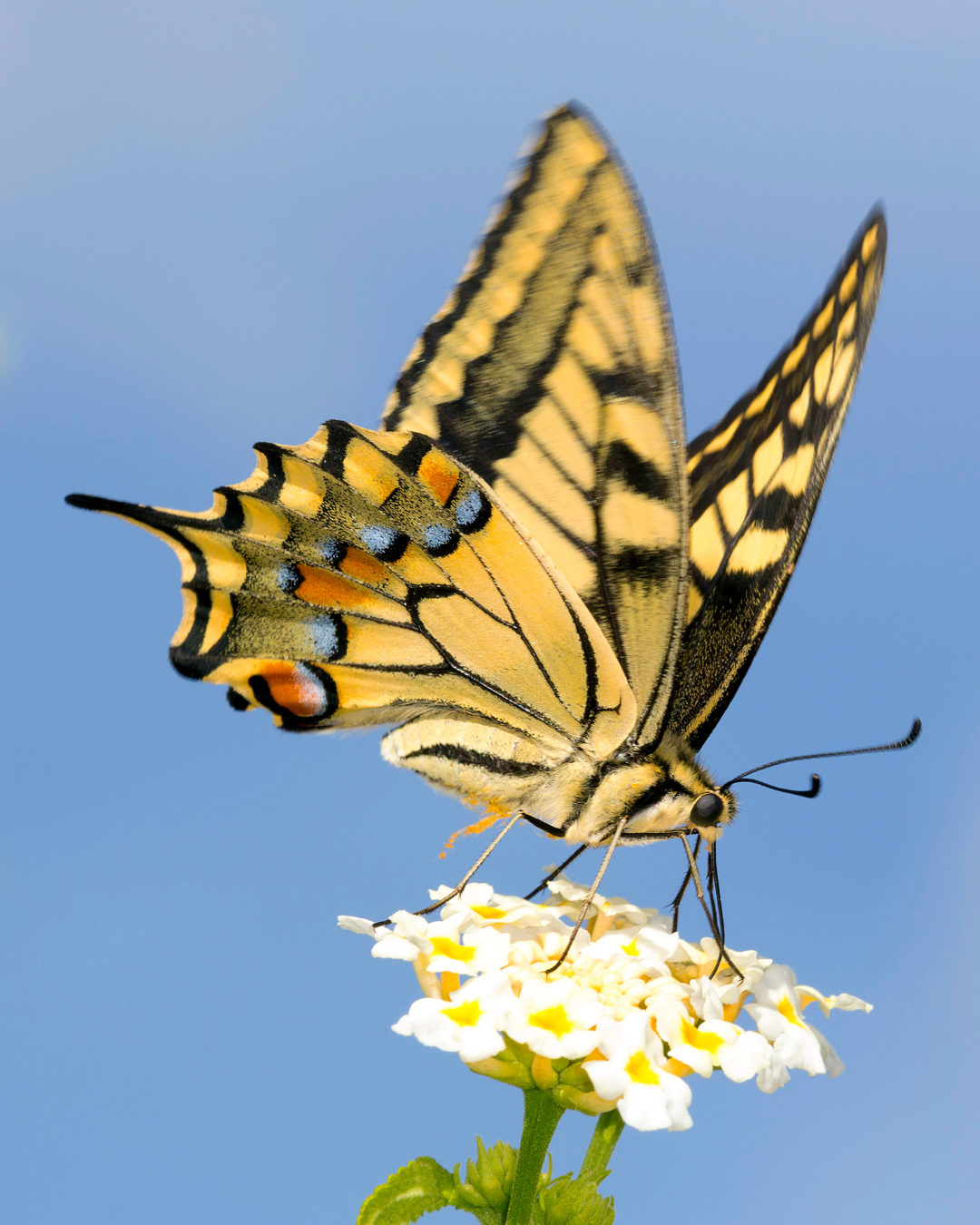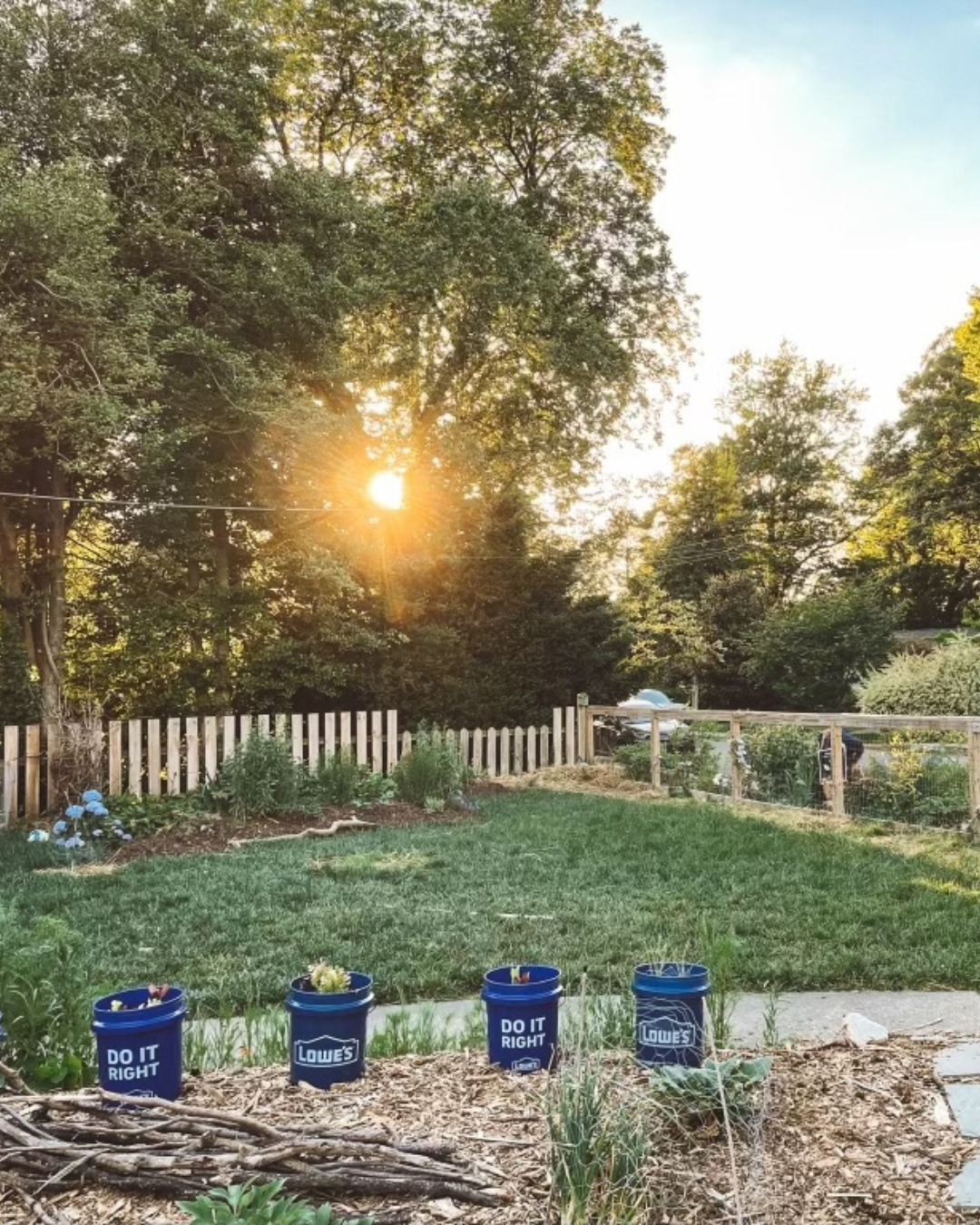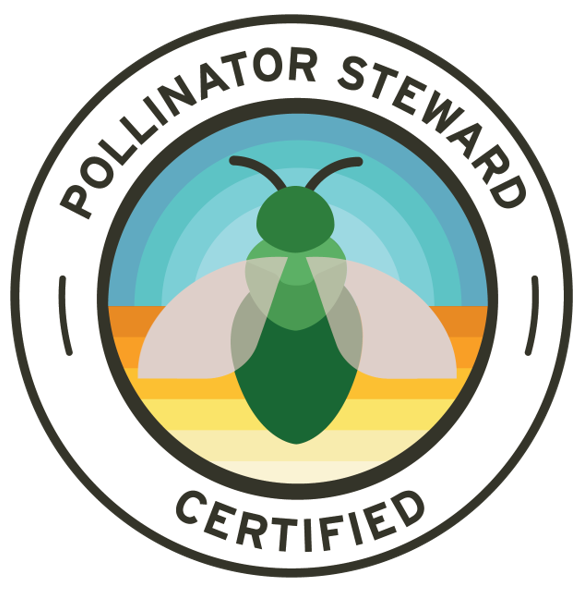An interview with Anya Peters, Pollinator Steward Certified by Anthony Colangelo, Outreach and Education Specialist, Pollinator Partnership
July 29, 2024
This year more than 1,000 people across North America and the world participated in our Pollinator Steward Certification (PSC), a program that empowers people with the scientific know-how to make a real difference for pollinators, people, and the planet. Modules covering topics such as the wonderful world of pollinators, how they live and thrive, and how we all can help them through different levels of habitat creation were covered in nine live sessions from February to April. Participants have taken what they’ve learned and are using that knowledge to make a positive difference for pollinators in their own communities through habitat and outreach activities. We interviewed Anya Peters, one of our most recent Certified Pollinator Stewards, to learn more about her experience taking the program and how it influenced her conservation actions to help pollinators.
What habitat and outreach actions have you completed for your certification?

I have created a garden from scratch. There was nothing but grass and a few dying shrubs when I moved into this house a year ago. I got rid of the shrubs and planted as many native plants (and some ornamentals) as I could find and afford. I scoured Facebook marketplace, traded, and accepted whatever folks around me were dividing and getting rid of. I got rid of as much grass as I could. Which is still a work in progress! I have enough lawn that I would like to convert even more into pollinator gardens. My husband and I also dug a pond (well, he dug the pond) and from the displaced dirt we created a hügelkulture-adjacent structure that is abundantly growing all sorts of amazing pollinator plants in a very short amount of time!
I have signs in my garden helping people understand why I leave the leaves, why I don't discard seedy heads (like echinacea), and why there are decaying logs throughout my yard. I have also started posting my own informational videos on TikTok. I have joined Pollinator Partnership’s Bee Friendly Gardening (BFG) program! I am excited to support bee friendly gardens and to add another tool to my outreach belt. I cannot wait to display the BFG sign! I have also discussed some composting techniques with friends, family, and neighbors. I am hoping to start a little composting ground in my town. Additionally, I have consciously started gardening with the idea of "Refugia" in the forefront of my mind.
In August, I will be hosting a plant walk and discussion of how we can be more mindful of our land and be the best stewards that we can be. Being the best steward does not always mean it is convenient. Often, it will be “messy.” I am hoping I can share this perspective with others so that they, too, might walk away with a new outlook. Currently, when I look at my winter and spring gardens, I see shelter, safety, homes, feeding material, and nesting material for all the pollinators who overwinter.
What was your favourite thing that you learned while taking PSC?

I really enjoyed learning about all the bees, moths, and butterflies. I especially loved learning about the generalist pollinators versus the specialist pollinators. It gave me the confidence to look up native specialist host plants so I could make an even more informed decision about the native plants I choose to steward. I also really enjoyed learning about the Indigenous peoples’ practices and beliefs during the Indigenous Perspectives module. I believe the earth remembers and that certain practices should be respectfully carried onward. Without culturally appropriating, I think adapting our version of some of these practices would be in honor and in alignment with what the Indigenous peoples would have wanted. For example, when I greet pollinators in my garden or when I see an animal has passed, I will say, “I see your light” as Brad Howie, one of the PSC guest speakers had mentioned.
What were your initial questions or concerns when asked to complete a habitat and outreach action? Were these actions something you had experience with?

There is always a small voice within me that is a naysayer. I try to keep her voice quiet, but occasionally she has good points. When that little voice heard we needed to complete a habitat, her initial reaction was “Yikes! That’s a lot of work!” Luckily, I know better than that little voice. Creating habitat can be as simple as placing a few decaying logs in your garden for nesting pollinators or planting a section of four to five native plants. Alternatively, it can mean slowly and systemically re-planning your entire yard. Creating a habitat is as big (or not) of a project as each person can handle. For me, it was adding more habitat to what I already had. I knew what I wanted: a water feature and a “wild” section. Luckily, I got both by making one. When my husband dug the pond out, we used the displaced soil to create a hügelkulture-adjacent structure. The soil was dumped in a snake-like pattern, and I immediately got to work planting it. Fennel, iris, forget-me-nots, mountain mint, betony, skullcap, and borage are just a few of the plants I added to this structure.
I have a similar mindset with outreach: it does not have to be huge. Or it can be! Whatever one is feeling. I have three signs up currently in my garden, and I cannot wait to add a fourth (it will be the BFG sign). Just today, a woman was driving by and pulled over in front of my house. I happened to be outside, and she rolled her window down and said, “Don’t mind me! I’m just admiring the garden!” That is the easiest form of outreach because she can SEE the changes I have made. She can ask questions and learn something new. With my signs, if I can have just one person walk by and see the logs as habitat instead of a nuisance, then I have done my job.
What kind of knowledge gained from PSC did you implement in your actions?
I implemented the knowledge of generalist and specialist host plants the most. At a recent native plant sale, I specifically looked for specialist host plants for my garden. That level of detail was so helpful for me to learn about.
PSC emphasizes that while these actions are extraordinary, they are also feasible and realistic for most people to achieve. Would you say your impact is replicable by others?

YES! I think this is one of the biggest misconceptions about gardening. Gardening can be anything you make it to be. You only have the space for a container garden? That is excellent! You have the space and time to steward a 4-acre plot? That is also excellent! I would say that my impact can easily be done by others.
The other misconception is that gardening is “A LOT OF WORK.” Is it, though? Once native plants are established, they just grow. Little to no maintenance is required. The native plants are used to our weather and their roots reach deep into the earth. Once a garden is established, it will take on a life of its own. And that is when the next level of beauty begins.
Would you recommend the PSC program to others? Have you taken part in any other programs offered by Pollinator Partnership?
I would, and have, recommended this program to many others. I often find myself reviewing the notes I took in this course to remind myself of information or to find something specific (is that a fly or a bee?). This program is so accessible since the modules do not have to be viewed live as they are recorded, and the deadlines are generous. I have recently also joined BFG, which I am so excited about!
--
Anya’s incredible work to help pollinators, as well as the actions taken by all of our Certified Pollinator Stewards, is truly inspiring and motivating. If you are interested in learning more about the PSC program and staying up to date on when registration opens for next year’s course, visit our website by clicking here. This course is ideal for home gardeners, land managers (large and small), farmers, and anyone that wants to do more to support pollinators. Join our growing community of Certified Pollinator Stewards!
